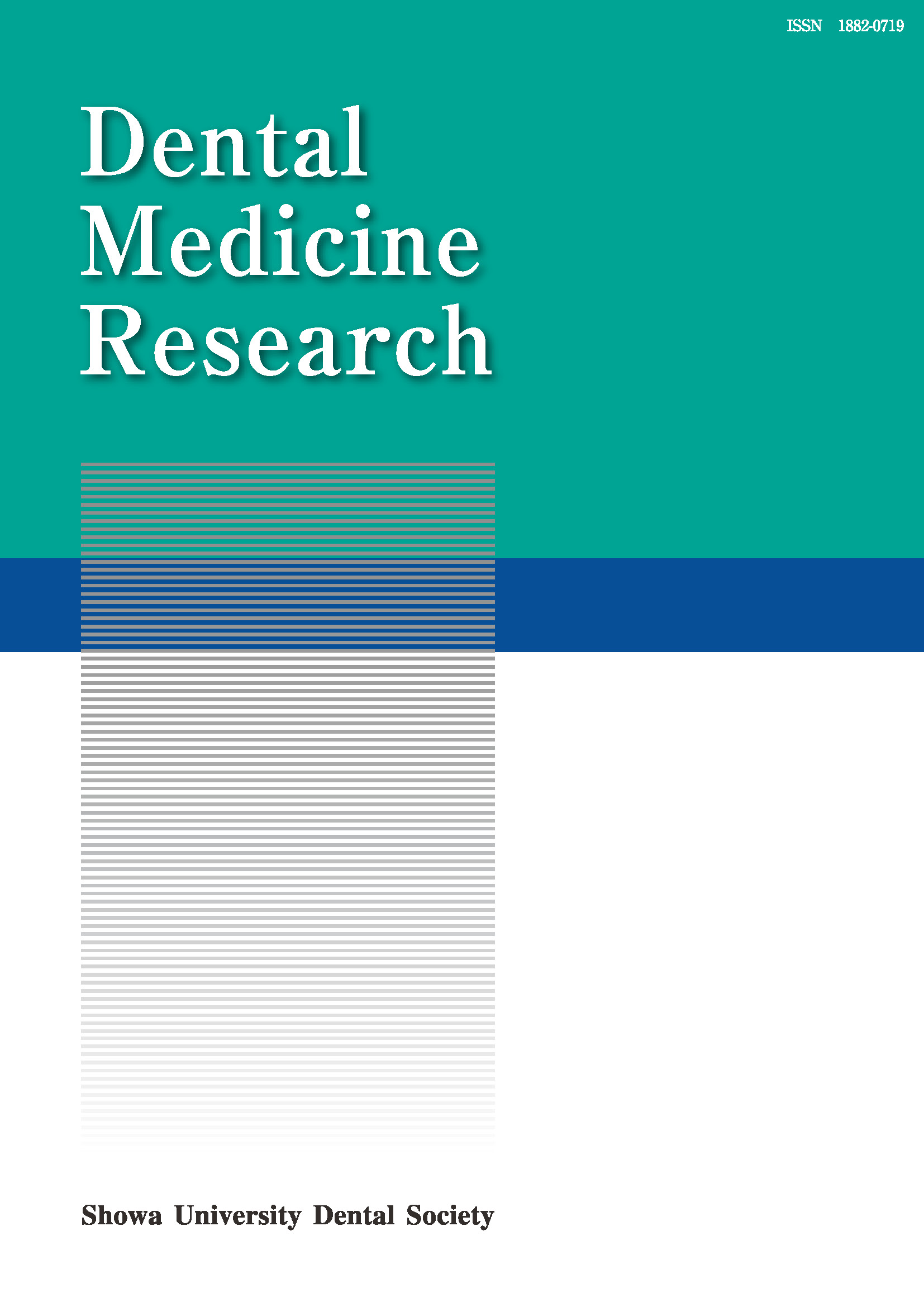Volume 31, Issue 3
Displaying 1-11 of 11 articles from this issue
- |<
- <
- 1
- >
- >|
Original
-
2011 Volume 31 Issue 3 Pages 221-227
Published: November 30, 2011
Released on J-STAGE: March 19, 2013
Download PDF (538K) -
2011 Volume 31 Issue 3 Pages 228-231
Published: November 30, 2011
Released on J-STAGE: March 19, 2013
Download PDF (1974K)
Other
-
2011 Volume 31 Issue 3 Pages 232-236
Published: November 30, 2011
Released on J-STAGE: March 19, 2013
Download PDF (600K)
Clinical Technology
-
2011 Volume 31 Issue 3 Pages 237-243
Published: November 30, 2011
Released on J-STAGE: March 19, 2013
Download PDF (1644K)
Clinical Hint
-
2011 Volume 31 Issue 3 Pages 245-248
Published: November 30, 2011
Released on J-STAGE: March 19, 2013
Download PDF (991K)
Showa University of Open Lecture
-
2011 Volume 31 Issue 3 Pages 250-253
Published: November 30, 2011
Released on J-STAGE: March 19, 2013
Download PDF (753K) -
2011 Volume 31 Issue 3 Pages 254-257
Published: November 30, 2011
Released on J-STAGE: March 19, 2013
Download PDF (1732K) -
2011 Volume 31 Issue 3 Pages 258-260
Published: November 30, 2011
Released on J-STAGE: March 19, 2013
Download PDF (1702K)
Abstract of the Kamijo Grant Prize Lecture, 2010
-
2011 Volume 31 Issue 3 Pages 265
Published: November 30, 2011
Released on J-STAGE: March 19, 2013
Download PDF (537K)
Abstracts
-
2011 Volume 31 Issue 3 Pages 266-278
Published: November 30, 2011
Released on J-STAGE: March 19, 2013
Download PDF (487K)
Errata
-
2011 Volume 31 Issue 3 Pages 280-
Published: March 31, 2011
Released on J-STAGE: March 19, 2013
Download PDF (409K)
- |<
- <
- 1
- >
- >|
